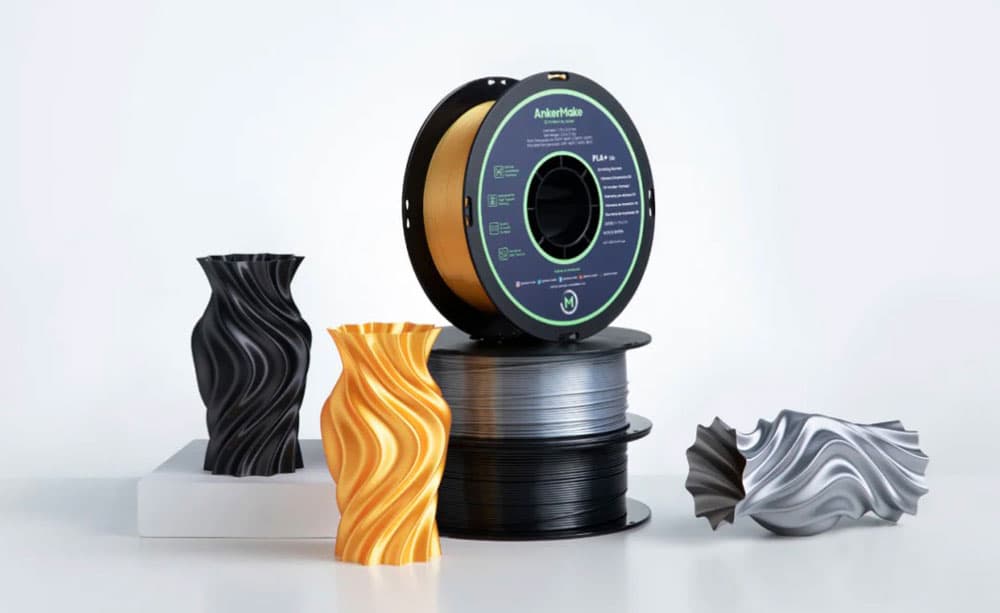3D printing has revolutionised the way we create and innovate, making it accessible for hobbyists, professionals, and educators alike. However, for beginners, navigating the world of 3D printing can be daunting.
This guide aims to provide you with essential tips on handling 3D filaments and printers, ensuring a smooth start to your 3D printing journey. Whether you’re looking to buy 3D filaments near Sydney or want to understand the basics, we’ve got you covered.
Understanding 3D Filaments
3D printer filaments are the materials used in 3D printing. They come in various types, each with unique properties suitable for different applications. The most common filaments include PLA, ABS, PETG, and TPU.
- PLA (Polylactic Acid): PLA is the most popular filament for beginners due to its ease of use and biodegradability. It prints at lower temperatures and doesn’t require a heated bed.
- ABS (Acrylonitrile Butadiene Styrene): ABS is known for its strength and durability. It requires a heated bed and emits fumes during printing, so proper ventilation is necessary.
- PETG (Polyethylene Terephthalate Glycol): PETG combines the ease of PLA with the strength of ABS. It’s durable, flexible, and resistant to moisture.
- TPU (Thermoplastic Polyurethane): TPU is a flexible filament ideal for printing objects that need to bend or stretch.
Buying 3D Filament Near Sydney
If you’re based in Sydney and looking to buy 3D filament, there are several local and online options available – BUT you only need one:
Printzone Australia – we have been in business for a long time, and our experienced staff can help you with ANYTHING you need.
Setting Up Your 3D Printer
Before you start printing, setting up your 3D printer correctly is crucial. Here are some steps to follow:
- Unboxing and Assembly: Carefully unbox your 3D printer and follow the manufacturer’s instructions for assembly. Ensure all parts are securely fastened.
- Levelling the Bed: A level bed is essential for successful prints. Most printers come with manual or automatic bed levelling features. Follow the instructions to level the bed properly.
- Loading the Filament: Insert the filament into the extruder and feed it through until it reaches the nozzle. Heat the nozzle to the recommended temperature for your filament type and extrude a small amount to ensure it’s flowing smoothly.
Printing Your First Object
Once your printer is set up, it’s time to print your first object. Here are some tips to get started:
- Choosing a Model: Start with a simple model from a site like Thingiverse or MyMiniFactory. These platforms offer a wide range of free, beginner-friendly models.
- Slicing the Model: Use slicing software like Cura or PrusaSlicer to prepare your model for printing. This software converts your 3D model into instructions that your printer can understand.
- Adjusting Settings: Set the appropriate print settings, including layer height, print speed, and infill density. For beginners, sticking to the default settings is usually a good idea.
- Starting the Print: Start the print once your model is sliced and the settings are adjusted. Monitor the first few layers to ensure everything is going smoothly.
Troubleshooting Common Issues
Even with careful preparation, you may encounter some common issues. Here are a few tips to troubleshoot them:
- Bed Adhesion: If your prints aren’t sticking to the bed, try using a glue stick or painter’s tape to improve adhesion. Ensure the bed is clean and level.
- Stringing: Stringing occurs when small filament strands are left between printed parts. Adjusting the retraction settings in your slicer can help reduce stringing.
- Warping: Warping happens when the edges of your print lift off the bed. Using a heated bed and printing with a brim or raft can help prevent warping.
- Clogged Nozzle: If the filament isn’t extruding properly, the nozzle may be clogged. Heat the nozzle and use a cleaning needle to clear any blockages.
Maintaining Your 3D Printer
Regular maintenance is crucial for keeping your 3D printer in good working condition. Here are some maintenance tips:
- Cleaning the Bed: After each print, clean the bed with isopropyl alcohol to remove any residue. This ensures good adhesion for future prints.
- Lubricating Moving Parts: Apply lubricant to the printer’s moving parts, such as the rods and bearings, to keep them running smoothly.
- Checking for Wear and Tear: Regularly inspect your printer for signs of wear and tear. Replace any worn-out parts to prevent issues during printing.
- Updating Firmware: Keep your printer’s firmware up to date to benefit from the latest features and improvements.
Exploring Advanced Techniques
Once you’re comfortable with the basics, you can explore more advanced 3D printing techniques:
- Dual Extrusion: Some printers support dual extrusion, allowing you to print with two different filaments simultaneously. This is useful for printing multi-colour or multi-material objects.
- Post-Processing: Enhance your prints with post-processing techniques like sanding, painting, or applying a chemical finish. This can improve the appearance and durability of your prints.
- Customising Settings: Experiment with different print settings to achieve the desired results. Adjusting parameters like temperature, speed, and infill can significantly impact the quality of your prints.
Key Takeaway
3D printing is an exciting and rewarding hobby that offers endless possibilities for creativity and innovation. By understanding the basics of handling 3D filaments and printers, you can set yourself up for success. Whether buying 3D filament near Sydney or exploring advanced techniques, the key is to start simple, learn from your experiences, and gradually expand your skills.

